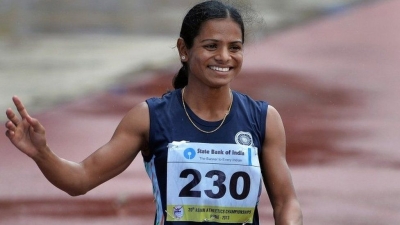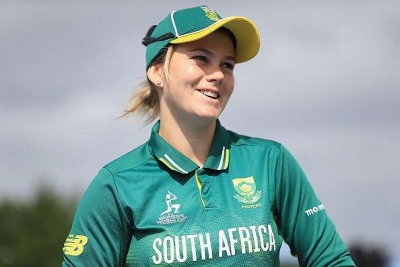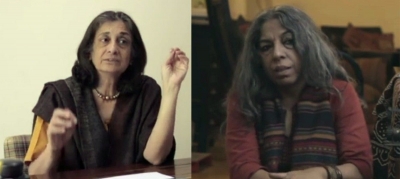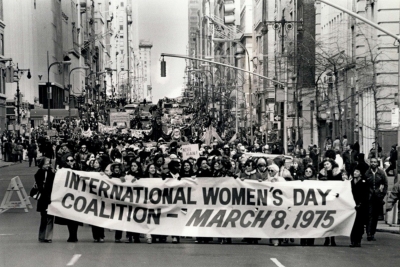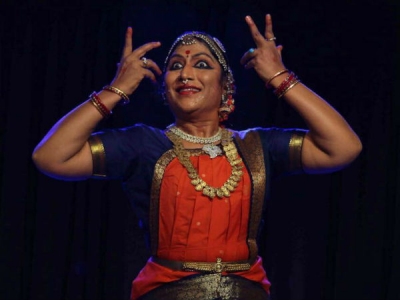Who became the first trans person to become a Member of the Legislative Assembly in the India?

In 1998, Shabnam Mausi from Madhya Pradesh became the first trans person to become a Member of the Legislative Assembly in the India. She was elected from the Sohagpur constituency, which she retained till 2003.
She was born visibly intersex and was given a masculine name. Her father, a police superintendent of the Brahmin caste, gave her away shortly after she was born to protect his own social image.
She attended only two years of primary schooling but learned 12 languages during her travels.
Shabnam Mausi was elected from the Sohagpur constituency in Madhya Pradesh state's Shahdol-Anuppur district. As a member of the Legislative Assembly, her agenda included fighting corruption, unemployment, poverty, and hunger, as well as speaking out against discrimination against transgender people, hijras, eunuchs, cross-dressers and raising awareness about HIV/AIDS.
In 2005, a fiction feature film titled Shabnam Mausi was made about her life. It was directed by Yogesh Bharadwaj, and the role of Shabnam Mausi was played by Ashutosh Rana.
Although she is no longer in public office, Shabnam Mausi continues to participate actively in AIDS/HIV with NGOs and gender activists in India.
Picture Credit : Google
